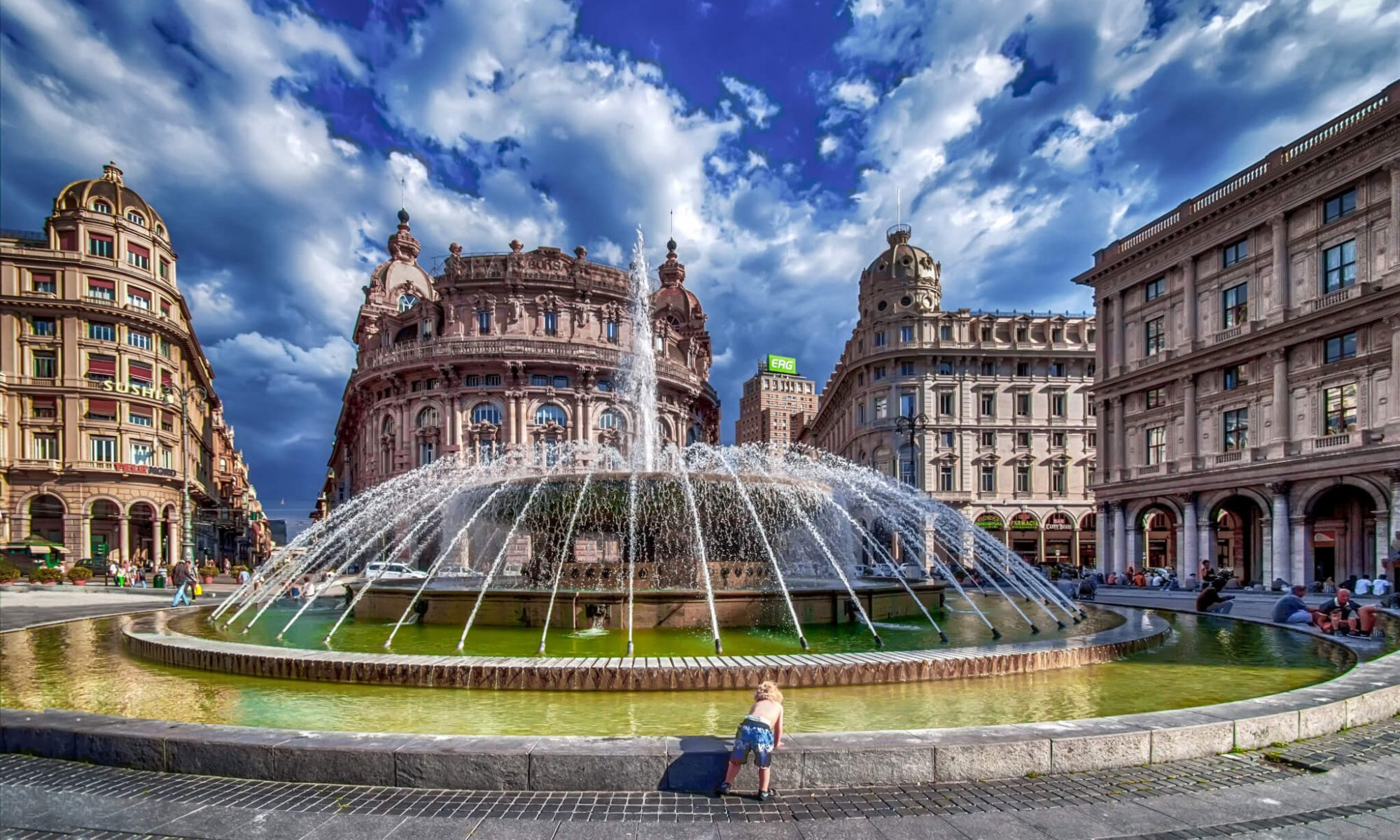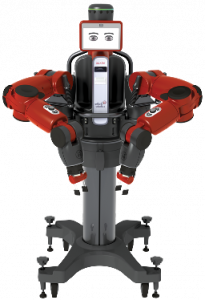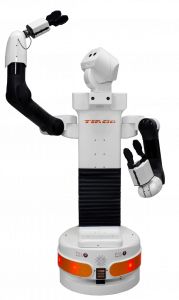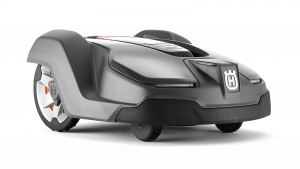Dynamics and timescales of volcanic plumbing systems: a multidisciplinary approach to a multifaceted problem (2021)
Objective: Develop more reliable conceptual models and modelling tools to understand the dynamics of volcanic plumbing systems, from magma
storage conditions to eruption; integrating innovative experiments, state-of-the-art analytical protocols, numerical modelling, and artificial intelligence algorithms.
Partners: University of Perugia, University of Camerino and University of Genoa.
Objective: Observe human dexterous in-hand manipulation to extrapolate and learn new skills for robotics platforms.
Partners: Aston University, Technical University Wien, University of Tartu, Sorbonne Université, and University of Genoa.
Objective: The Artificial Somatosensation for Humans and Humanoids Lab will advance groundbreaking research towards a future in which humans and robots will benefit from synergetic integration between natural and synthetic somatosensation for perception and control.
Partners: Ben-Gurion University of Negev and University of Genoa
TeamUP (2019)
Objective: Design and implement novel Artificial Intelligence models, methods and technologies to improve human-robot collaboration in real-world industrial settings, integrating advanced complementary technologies, including artificial vision, tactile sensing, wearable devices, virtual reality (VR) and augmented reality (AR).




